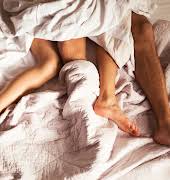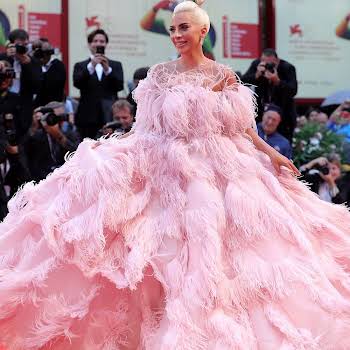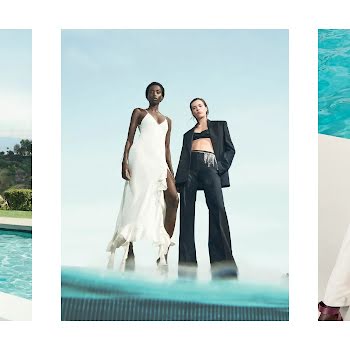
By Marie Kelly
07th Jan 2017
07th Jan 2017
I recently saw an article on Vogue.com that provided a “flowchart” to help you?with your?closet clearout. Within this smartly colour-coded diagram was a series of questions and answers, both sartorial and psychological, to help you navigate that trickiest of emotional journeys from the front of your wardrobe?to the back.?Other fashion websites instead offer somewhat intimidating lists and rules – Prioritise, Organise, Maximise, Dump – but for me the whole process can be simplified by asking yourself one simple question about each item in your wardrobe:?How does this garment make me?feel?
How I feel wearing any item of clothing is?always what defines how often I wear it and how much I love it. And that is the emotional crux of the matter. You can be as objective as you like about that piece you’ve held onto for years but have only worn twice – great colour, nice design details, cool label – but if you don’t feel wonderful in it from the moment you put it on till the time when you lovingly place it back in your closet, there’s little point in having it there.
Several years ago I bought a grey military-style dress in Marks & Spencer. My former, very elegant, boss bought it too (accidentally!), and while we both agreed it was a great piece, she wore it with absolute ease, while I felt like an awkward-looking imitation. Yet I only donated it last year, because every time I opened my wardrobe and saw it draped?elegantly on its?hanger, I’recognised for the nth time all those lovely elements?that encouraged’me to buy it in the first place – belted waist, wrap-style skirt, sleeveless (great for layering), grey (one of my favourite colours), etc etc. I also visualised how she looked in it rather than how I felt in it. I reluctantly let it go last year, but I’ve?never regretted it either.
Of course, the wardrobe editing gets easier as you get older. Now that I’m in my forties my personal style is well defined; I prefer?trousers to skirts, fluid silhouettes always feel more “me” than fitted and I never tire of knitwear. So I make far fewer fashion mistakes and experiment much less than I did in my twenties. Plus, I have the practical pressures of living in a small apartment with limited, if not insubstantial, wardrobe space.
The one question I never ask myself, however, when I pull out an item from’my wardrobe to scrutinise its remaining shelf life is whether or not?it’s on trend. Fashion is so cyclical that if you were to hold onto items for that reason alone, you’d never dispense of a single dress. Also, the key to great style is dressing for your personality, and there will always be trends, sometimes the most popular and most beautiful, that simply won’t work for you. So save yourself the time and space and focus on working out and buying into what suits you better than anyone else.
But on a more practical level, when you finish the emotional and nostalgic journey through your wardrobe and finally decide on an edit that makes you excited about each and every piece in this newly?curated space, the easiest way to organise, I think, is by colourway. My wardrobe is like a colour wheel,?beginning with?black through to grey, navy to cobalt blue, and burgundy through to blush pink. I don’t categorise by garment type, I simply hang all the burgundy dresses, skirts and trousers together (of which they’re are many -?oxblood is my favourite shade) as I do with the pale pink hues (of which there are few!). This way?I need only search through one small, and very visible, portion of my wardrobe when looking for my navy culottes let’s say. Any time I’ve tried to maintain order by hanging my clothes according to type, my wardrobe winds up a mess within a week as?I tend to hang in a hurry, mistakenly placing skirts among shirts and such.
But arrange your things the way that suits you, and don’t be dictated to. Your wardrobe, like your clothes, should reflect your personality.























